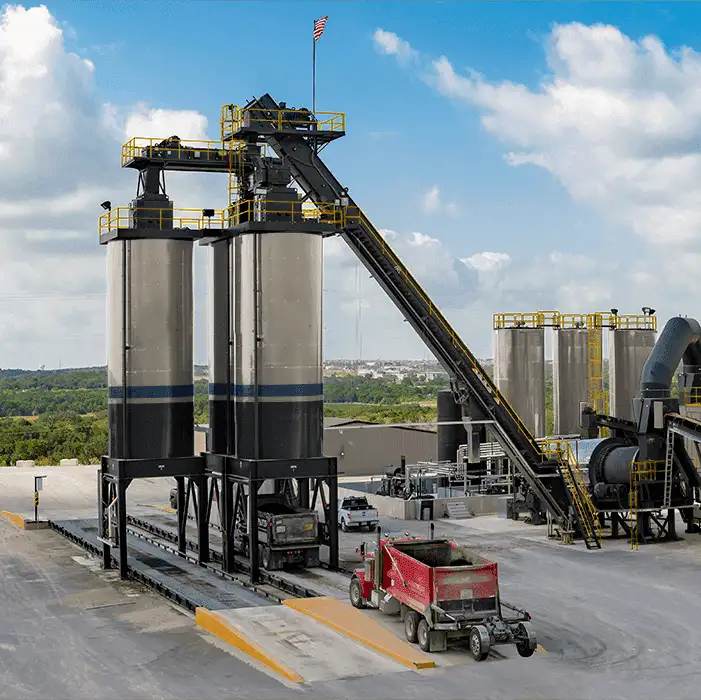
The consequences of relying on outdated material handling methods can be severe.
Doug Backinger, Senior VP, Solutions Engineering & Innovation, Caster Concepts
The manufacturing sector is not stagnant. New industrial processes, modern digital tools and upgraded production workflows prompt many manufacturers to grapple with outdated material handling solutions that no longer meet their needs.
Manufacturers can’t afford to be passive, as the consequences of relying on outdated material handling methods can be severe, including damaged equipment, production delays and worker safety hazards.
For instance, a global asphalt equipment manufacturer specializing in process equipment used in asphalt plants relied on 30-year-old bomber carts to transport heavy equipment, which can easily weigh up to 60,000 pounds. Outdated caster equipment produced uneven results, as some casters worked better in some areas but not in others. The result was a mishmash of cart configurations that wasn’t efficient and was also unsafe.
When two material baggers fell off the bomber carts during transport, upgrades were needed to protect people and equipment and maintain consistent production quality. These tradeoffs are typical for manufacturers facing pressure to maintain production without incurring enormous infrastructure costs.
Whether you’re producing heavy equipment or running high-volume production lines, here are five best practices when upgrading industrial equipment for safety and efficiency.
Continue reading: https://www.ien.com/product-development/article/22926238/5-best-practices-for-upgrading-industrial-equipment